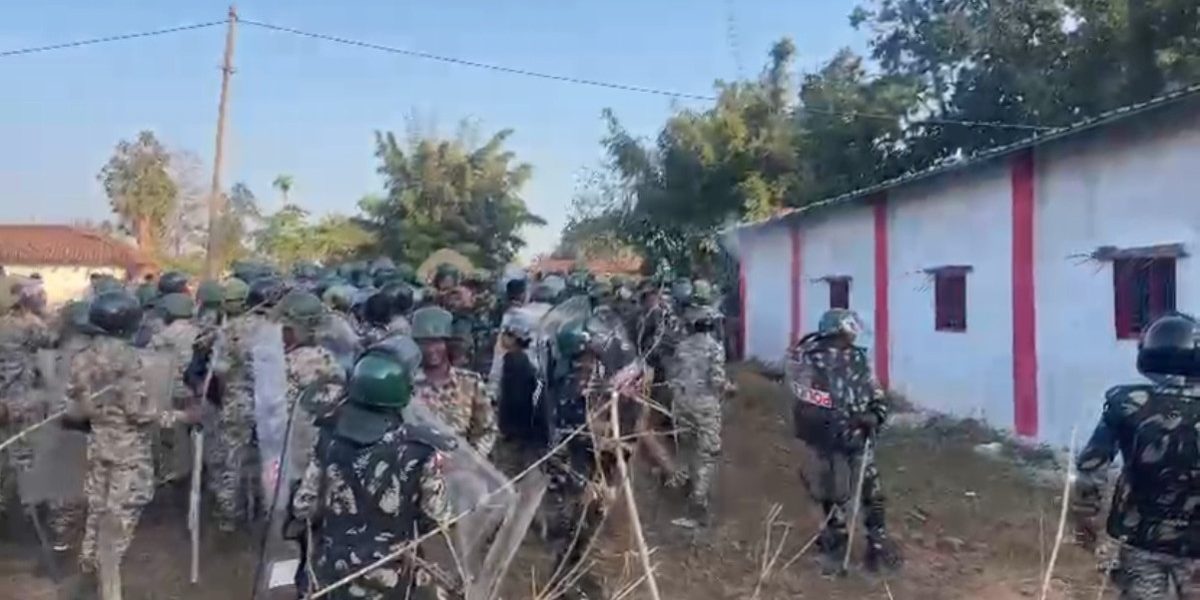By ARSHU JOHN
ELECTION SEASON IN INDIA is the season of communal polarisation, and nothing divides as consistently as the “Hindu khatre mein hai”—Hindus are in danger—narrative, and nobody does it as efficiently as the Bharatiya Janata Party. In September, Home Minister Amit Shah claimed that Chhattisgarh had witnessed a “wave of religious conversions” under the Congress government of Bhupesh Baghel. The next month, the BJP deployed Assam’s chief minister, Himanta Biswa Sarma, to campaign in Kawardha, the constituency of Chhattisgarh’s sole Muslim minister, Mohammed Akbar. Sarma called for voters to “prevent love jihad in Chhattisgarh and to save it from people like Akbar.” He claimed Adivasis were encouraged to convert on a daily basis and declared, “This country is a country of the Hindus and will belong to the Hindus.” Undeterred by an Election Commission notice, Sarma went on to say that Baghel had opened “a big market of religious conversion” in the state to weaken the Sanatana Dharma.
Two weeks later, the Uttar Pradesh chief minister, Adityanath, also landed in Kawardha to assure voters that a BJP government would take action against love jihad the way his government had done. On the last day of the campaign, Shah returned to Chhattisgarh and claimed that the Bemetara district had become a “hub of love jihad.” While the media extensively reported the BJP’s fearmongering, what went largely unreported was that, days before the state went to polls, in early November, a Christian family in the Narayanpur district was prevented from burying a teenage girl according to their religious customs. The district had previously witnessed repeated attacks on churches and a social boycott of the local Christian community in response to conversion by Adivasis in the area. “They said if we leave Christianity, they will allow us to bury her,” the teenager’s brother told The Wire.
This story was originally published in caravanmagazine.in Read the full story here .





